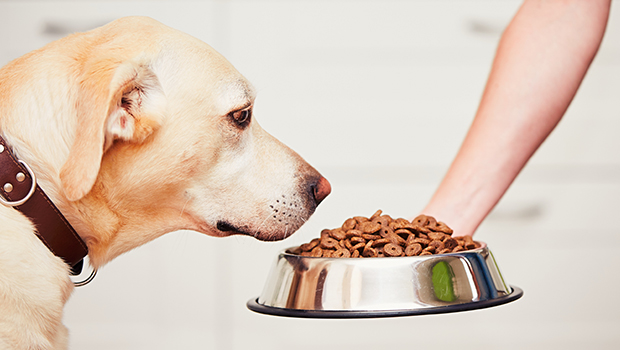
In general, if the dog consumes a nutritionally healthy and nutritious food they don’t need any supplements or treatments — they’re not going to be starving between meals because they’re not going to be nutrient-hungry. In reality, so many “extras” beyond your dog’s meals will throw off the nutritious balance offered by those meals.
But let’s just be honest. Snacks are beneficial for training purposes, and dogs find delight in a healthy cookie much like anyone else. We can’t deny the excitement and happiness that can generate a tasty treat, for them and us. Only obey a few rules to make confident treats do not compromise the dog’s overall welfare.
Below are some suggestions for picking and feeding treats and a list of easy, fresh snacks you’ll all feel good about.
Some human foods should never be given to dogs, including macadamia nuts, chocolate, tea , coffee, raisins, grapes, onions, or excessive garlic. And, of course, before any major adjustments to your dog’s food, consult with your doctor, particularly if she has some pre-existing health conditions. When you have the green light, progressively implement the adjustments to prevent intestinal upsets; steadily incorporate different ingredients, swapping a limited percentage of the new product with the existing one over time. Finally, be careful not to give too many overall calories (energy), since obesity is just as unhealthy for dogs as it is for humans; your veterinarian can help you determine how much your dog should eat.
How can you tell which ingredient is good for your dog?
Usually, the real ingredients of a treat will suit what is on the box, although that is not always the case. Researchers discovered in the same university study that 76 percent of the treatments they analyzed contained between four and nine ingredients, and were not exactly represented on the labels.
This can be particularly dangerous to controlled diets for dogs. Taking a dog with kidney failure for example, wants to limit their dietary protein. When you don’t believe what’s on the bottle, how can you be confident there isn’t undue protein in the treat?
Processed jerky treatments often bear risks — the FDA confirmed that it had received more than 5,000 reports of diseases linked to poultry, duck, or sweet potato jerky treatments including goods manufactured from China as of 2015.
If a dog food is properly labeled as human-grade dog food, the recipe is made with human-edible ingredients and is edible by humans theoretically. The purpose of this argument is to reassure customers that the dog food’s consistency is so good that people will enjoy it.
Here are some options which will do some good for your dog’s health, served in moderation.
Apples:
The apple does not hold the vet away a day, and that’s generally for the best — vets really care! — But apples make a good dog snack. Apples are fairly rich in fiber and can assist in digestion of your puppy. Even they are a strong source of antioxidants (vitamins A and C), which may also guard against free-radical losses. An extra benefit: You will help extract saliva from your teeth and maintain your dog’s mouth clean and safe from coughing.
Dry food:
One common type of dry dog food is grain-free dog food, a corn- and wheat-free dog food that typically uses alternative carbohydrates, such as sweet potatoes, peas and legumes. This diet is best for dogs who are sensitive to ingredients made from corn or wheat.
Carrots:-
Carrots are abundant in nutrients such as fiber and beta-carotene antioxidants which may help to defend against some diseases. One analysis of transitional cell carcinoma in Scottish Terriers — a cancer of the urinary bladder prevalent in the breed — found that certain leafy green vegetables and yellow-orange vegetables (like carrots!) can delay the development of the disease or prevent it from occurring.
Carrot texture may also help remove film from the teeth surface and do a small part to help prevent plaque buildup.
Blueberries:
Not only are blueberries abundant in antioxidants (vitamins C and K) and strong quality carbohydrates, they do produce powerful phytochemicals, including anthocyanins, which lend their color to the berries. Every time you cook up a smoothie, spread the benefits and add a handful of berries into your dog’s dish.
Cooked Meat:
For dogs, a small amount of cooked meat such as boiled chicken or lamb is an option to eat but avoid cooked bones or toxic substances such as onion sauces that may be present on the meat. You should serve your dog’s tinned sardines, tinned cod, and tinned salmon in spring water as an occasional treat, but please search for the fish bones first.
Should not be scared to use roasted pumpkin or fresh grated carrot to round up your dog’s dinner.
Tinned food:
Tinned foods and semi-moist foods may differ inconsistency, as with whole dry foods. Again, select a high quality dog food with an readily digestible formula, i.e., chicken and rice, and choose a nutritionally correct formulated diet (i.e., may not need extra products to be applied to it). Like before it’s better to prevent improvements in your puppy’s food and stick to it until you consider a formula that fits your puppy.

